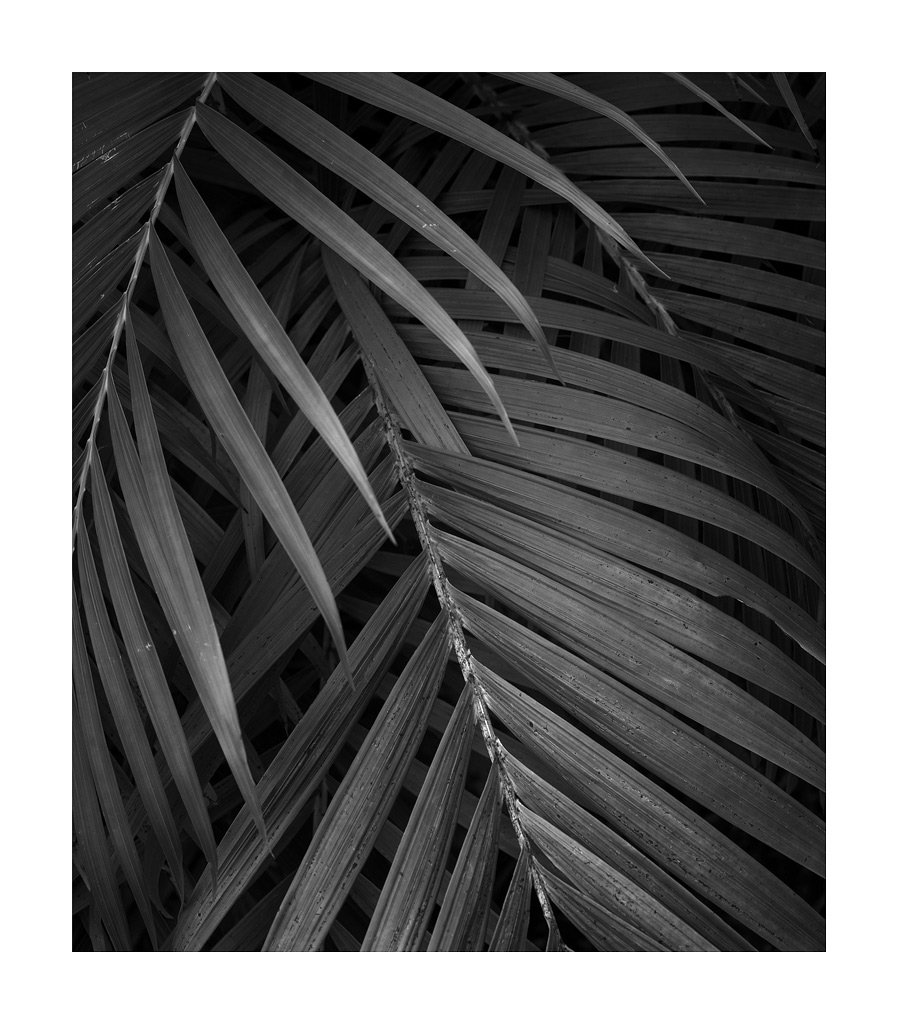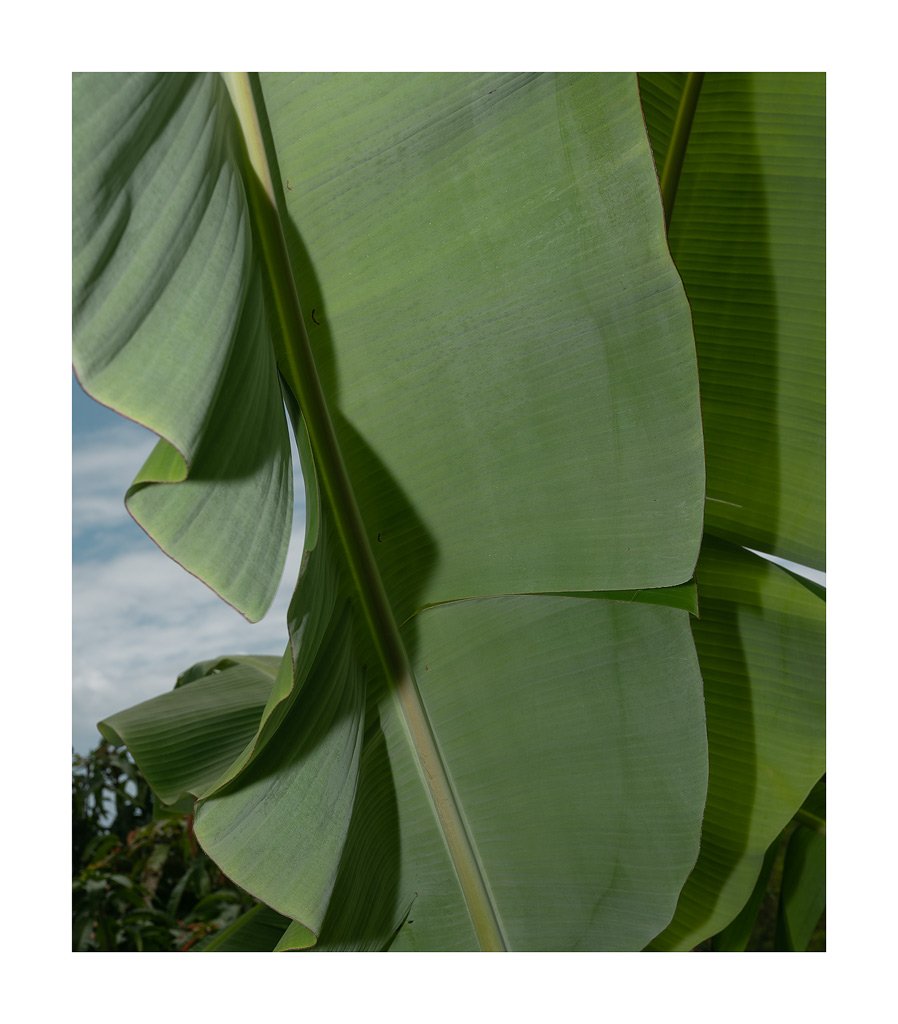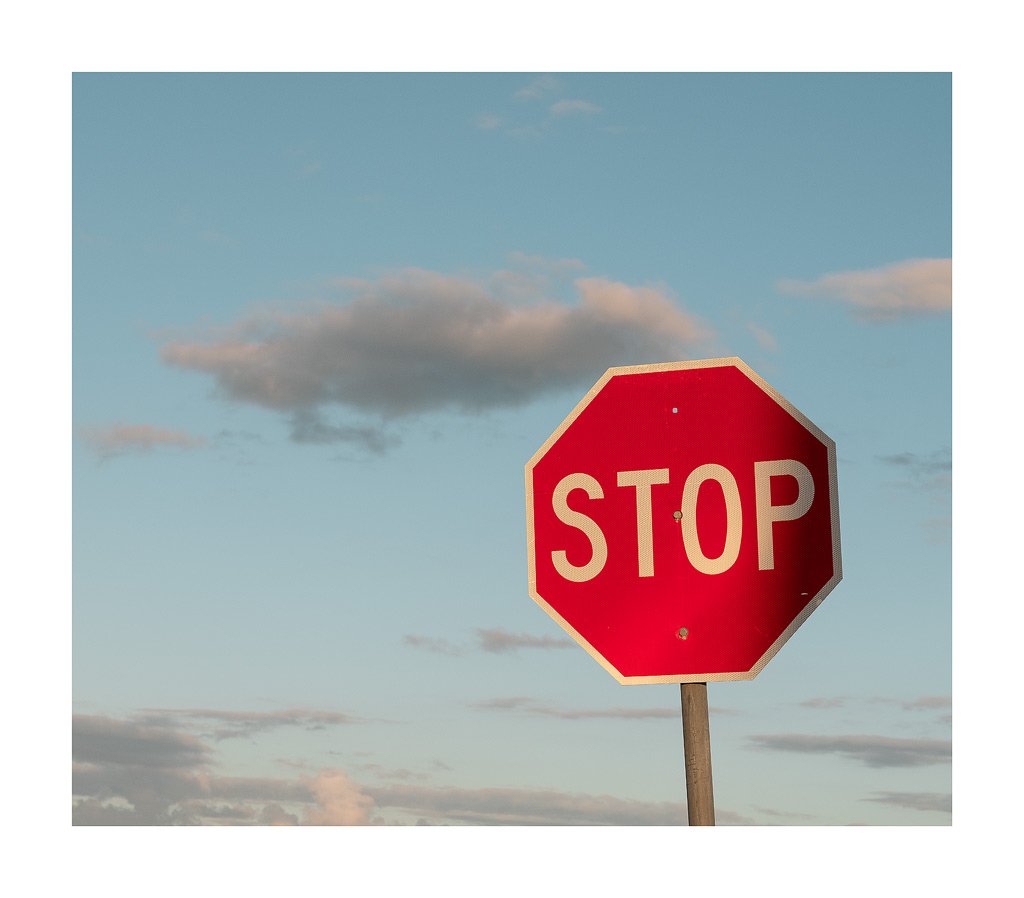Over the Xmas break we spent six weeks in Queensland bouncing between families we hadn’t seen in almost a year thanks to COVID and border closures. This series, ‘Perfect One Day’ is a play on the old Queensland adage of ‘Beautiful one day, perfect the next’. Indeed, Queensland typically offers up perfect, sunny weather and ideal holiday conditions, but not always. Nor is the landscape ‘perfect’. Once again I am looking for the beauty in everything, even the mundane and banal.
I am not sure what this machinery we found in the cane fields is, but I was quite obsessed with it and the afternoon light. I also like the moon above.
Thanks to the extended Sydney lockdown in 2021, I had hardly had a chance to use my camera, so I was very keen to get out and shoot as much as possible. I have found my style has changed. These days I am seeking light just as much as I am seeking subject. That includes hunting in golden hour, during the harsh light of midday and even night. I am looking for shadows and contrast, where I can underexpose images for the first time, perhaps use flash. This has come about from watching so many other photographers on YouTube during lockdown. I have felt I need to expand and grow.
This image of surfboards in front of a shop window was intended as a throwaway. I liked the light, but didn’t feel much else. However, after dropping the exposure in post and making it black and white, it became one of my favorites. More and more, I’m looking for both under- as much as over-exposure these days.
The cane fields around Jacob’s Well are a popular filming location and the source, for myself, of much visual interest. I also wanted to portray that essential coastal element so critical to Queensland life—the importance of water in both the landscape and as a part of recreation. When we reached the Sunshine Coast we were greeted with endless rain, but this too offered possibility in the greener hinterland towards Maleny. I have said it before, but adverse weather is always the best time to head out and typically the most exciting.
This Todd Hido take on a rainy landscape really worked out well. The painterly nature of the shot shows once again every shot does not have to be perfectly in focus or even sharp.
I have also found my processing has reduced a lot. This is helped along by the dynamic range and latitude in the files of the GFX50R. The tones coming from the camera also require little adjustment in post. I do run a preset in Adobe Camera RAW to give me something closer to a Kodak Portra look, which I love. It does wonderful things to the blues and reds of an image, particularly in the skies, but it is subtle. I think this way I am coming closer to getting that film experience where editing and processing isn’t taking up so much time. Even sharpening I’ve reduced by almost half.
I am loving both the latitude and tones coming from the GFX50R.
I am still yet to provide a detailed review of the Fuji GFX50R, but the more I see the results from it, the more I fall in love. In addition to the GF80 f1.7, which I use solely for portraits, I added the GF45-100 f4. It is neither cheap, nor light, but it provides the perfect range for what I shoot (about 35-80mm) and offers both IS and incredibly sharp images. The new GF35-70 was also very tempting in terms of weight, but I think overall the 45-100 was the best move. It’s all I ever need (famous last words, yes, yes).
A wonderful morning looking over the Glasshouse Mountains from Wild Horse Lookout. I find my processing for landscape images far more subdued in my old age, aiming to get the softer tones of film and even classic, traditional art instead of eye-bleeding contrast and saturation.
Adjusting to medium format has taken some time, but I’ve found the right balance now, generally shooting between f11 and f16 for depth of field, setting Auto ISO up to 3200 (a vast improvement over the Sigma) and keeping IS on unless I’m using a tripod (minimum shutter speed of 120th). Set up like this, it really is ‘run and gun’ with little thought as to settings. The only real thing that needs any thought is whether to adjust exposure compensation.
A common question I am asked is whether the Sigma SD-H I formally used offered more detail. It’s a tough question and there is very little in it. Perhaps, yes, there is a tiny amount of micro detail the Sigma had, but Fuji has plenty of detail too. A bit of sharpening and it would be hard to tell the difference. The Sigma is a very different camera, though, and has its own look in terms of tonal separation. In terms of ease of use, the ability to ramp up ISO and the sheer dynamic range on offer, the GFX50R is a far more capable and friendly machine. Still, I hope Sigma persists and comes out with something amazing.
Even a simple subject like the bottom of a swimming pool can become a wealth of geometric and tonal gold if examined.
With Australia opening up a little, I have a few trips planned this year. I want to make up for lost time and really make some great images, so stay tuned. There’s plenty more to come in 2022. I’ll leave you with some shots that did not make the cut, so to speak, below. If you’d like to check out the full gallery, you can head here.






















